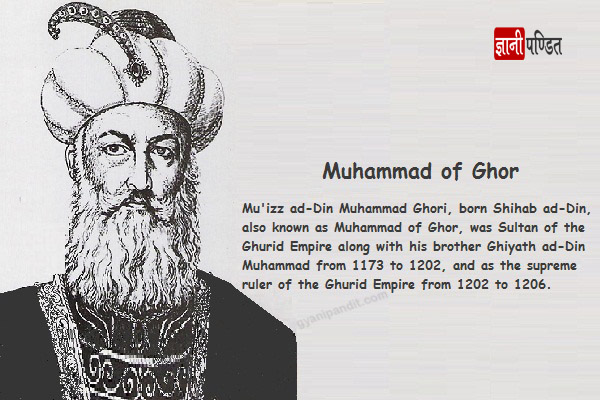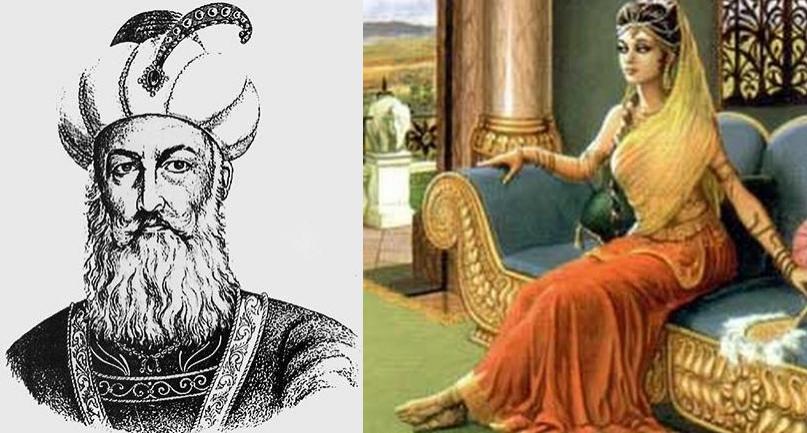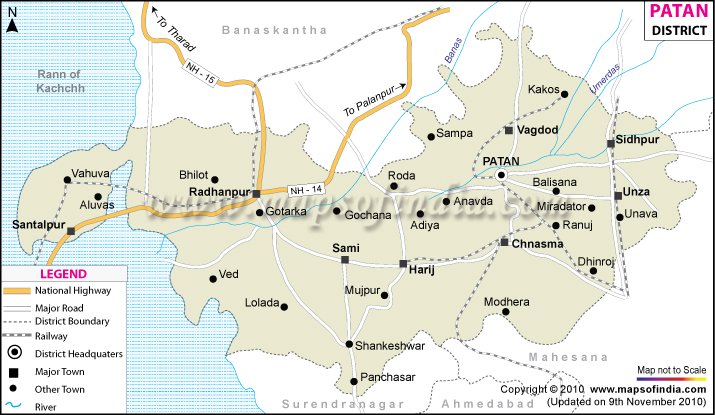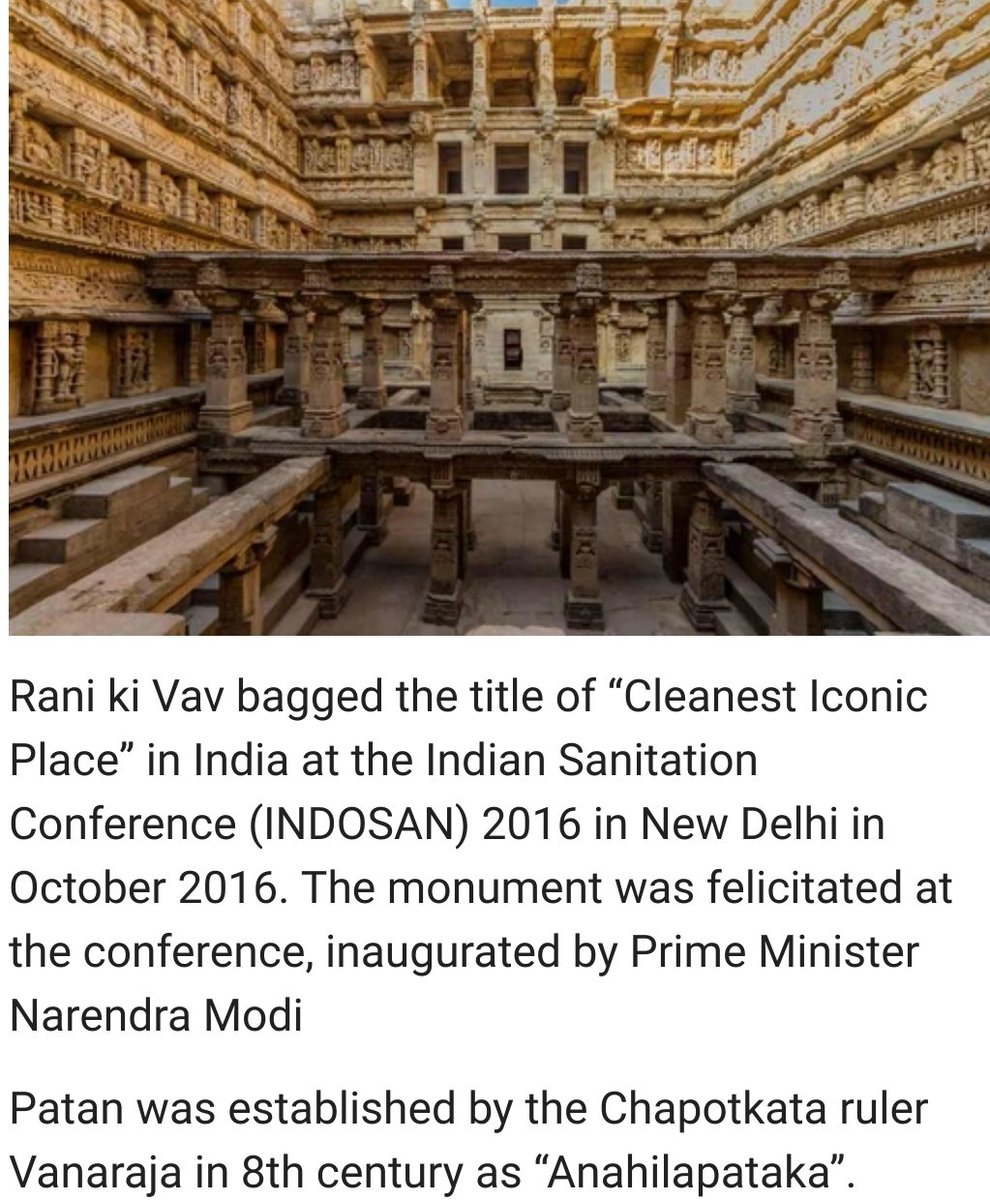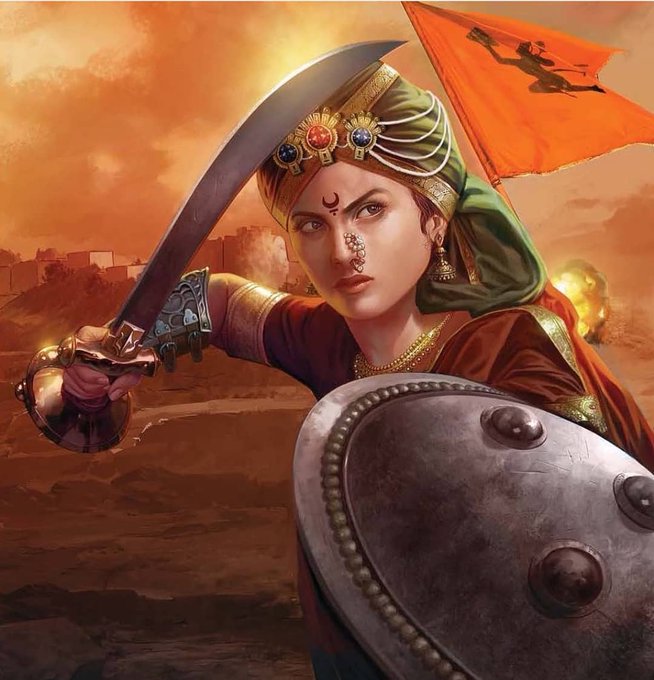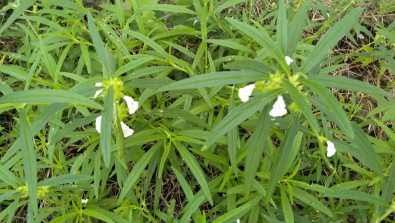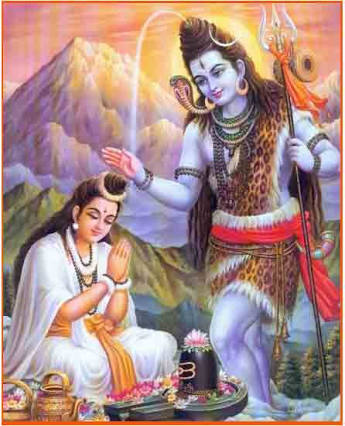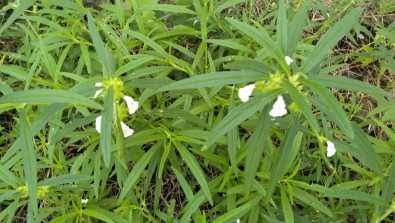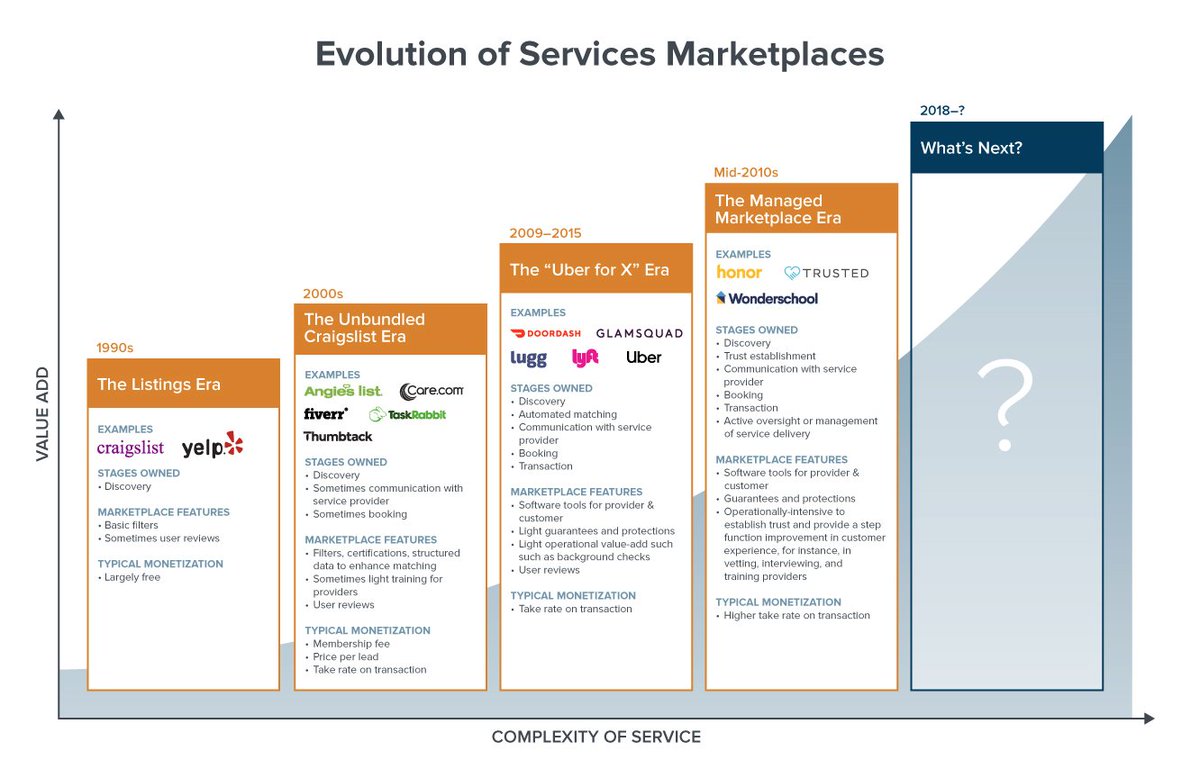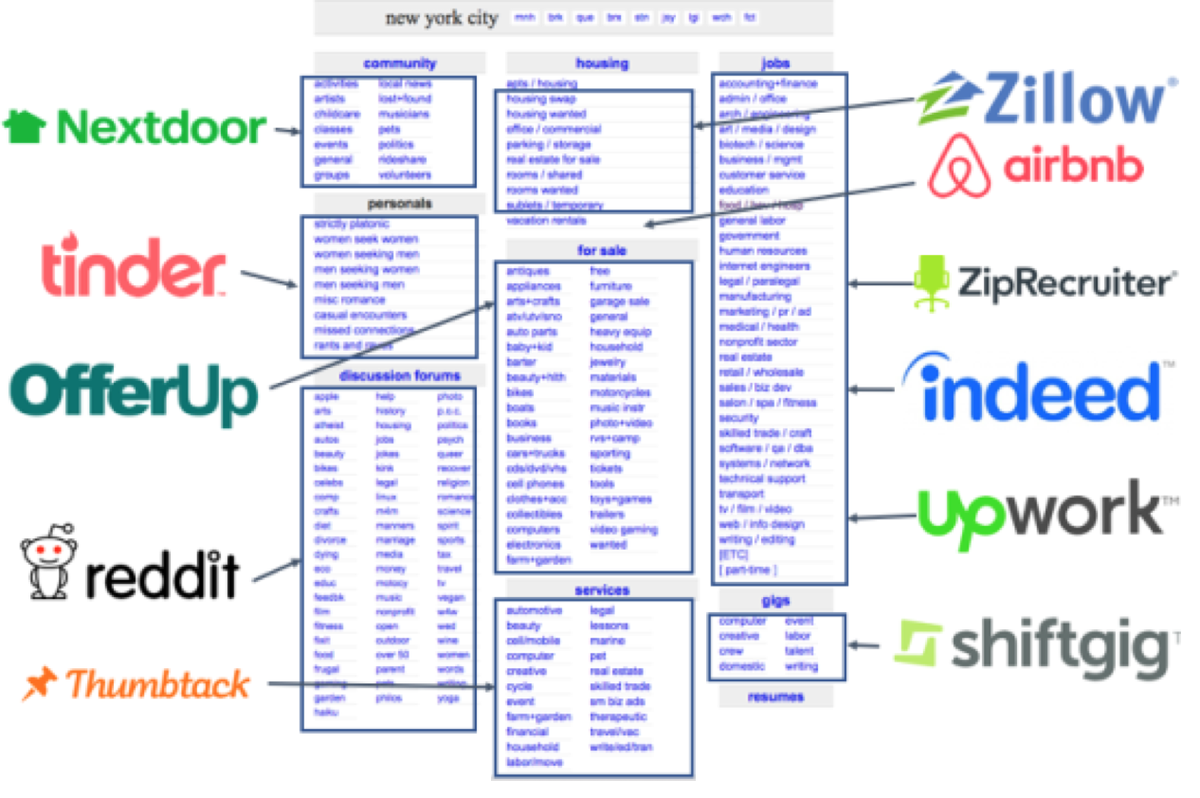https://t.co/SbBi7JXX5A
[Thread] Pangolin CoV... or Bat CoV in pangolins samples?
TLDR: A researcher of the team that sequenced the pangolins samples had taken samples in the mine of RaTG13 and in the place where RmYN02 was collected, also catched bats in Yunnan. Probably contaminated pangolin samples
https://t.co/SbBi7JXX5A
https://t.co/Mf0AeRatge
https://t.co/C444TLT6JO
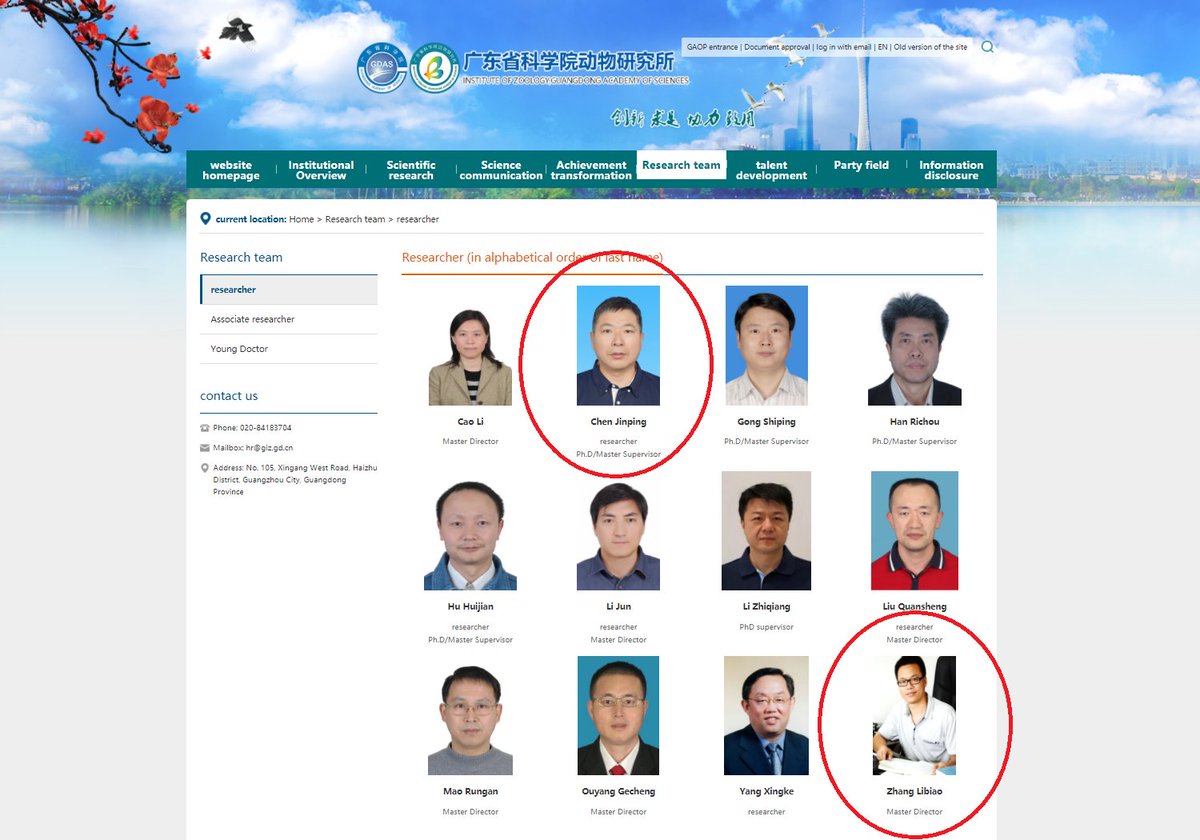
https://t.co/ZNW6sd976T

What if those SARS2-like sequences were not actually in the pangolins and were just mere lab cotamination of a close relative to SARS2 used in the lab? (we have recently seen many other cases of contamination in other samples)
— Francisco de Asis (@franciscodeasis) November 27, 2020
GIABR have been sampling in Yunnan, even in Mojiang pic.twitter.com/sErzG5ZQVH
https://t.co/KDNirmZ9DX
Pangolin CoV from lab contamination is increasingly evident:
— Francisco de Asis (@franciscodeasis) February 6, 2021
Liang et al. (2019) [Libiao Zhang] collected bats in Apr-15 in the same location as Zhou et al. (2020b) [Holmes] collected RmYN02 in 2019, with a 100% ident. cyt bhttps://t.co/CQuAbKcUAuhttps://t.co/qZaTEidKZ1 pic.twitter.com/TEej6YQAmz
https://t.co/i7ZdsTURKi
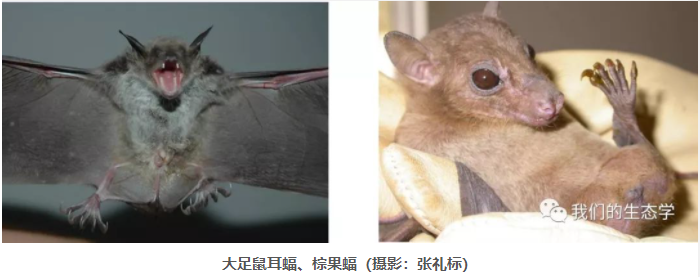
About shoddy safety protocols:
— The Seeker (@TheSeeker268) May 18, 2020
Clumsy students and researchers from Wuhan collecting bat samples with inadequate PPE (sometime around June-July 2019)https://t.co/FsK7jw11hI
Oops, what a coincidence! Libiao Zhang (from GIABR, the lab of pangolins) forgot to mention his paper with WIV in which they isolated viruses collected from "Mojiang" (sic). He did not forget the other paper with them (in same journal a few issues before) https://t.co/iAPXAmMamk
— Francisco de Asis (@franciscodeasis) January 25, 2021
So, it is possible that WIV & EcoH stopped in TG between 07-Apr-12 & 11-Apr-12 when moving from Yuanjiang to Mengla. In those days the miners started "re-cleaning" the mineshaft. I guess that "1st day in mine" & "1st symptoms" dates are approx.https://t.co/Ea9rqNzZYX
— Francisco de Asis (@franciscodeasis) September 3, 2020
More from All
Viruses and other pathogens are often studied as stand-alone entities, despite that, in nature, they mostly live in multispecies associations called biofilms—both externally and within the host.
https://t.co/FBfXhUrH5d

Microorganisms in biofilms are enclosed by an extracellular matrix that confers protection and improves survival. Previous studies have shown that viruses can secondarily colonize preexisting biofilms, and viral biofilms have also been described.

...we raise the perspective that CoVs can persistently infect bats due to their association with biofilm structures. This phenomenon potentially provides an optimal environment for nonpathogenic & well-adapted viruses to interact with the host, as well as for viral recombination.

Biofilms can also enhance virion viability in extracellular environments, such as on fomites and in aquatic sediments, allowing viral persistence and dissemination.

You May Also Like
i wonder if you can make a thread bout witchcraft in malaysia.. or list of our own local gods/deites..
— r a y a \U0001f319 (@lcvelylilith) February 20, 2020
Before I begin, it might be worth explaining the Malay conception of the spirit world. At its deepest level, Malay religious belief is animist. All living beings and even certain objects are said to have a soul. Natural phenomena are either controlled by or personified as spirits
Although these beings had to be respected, not all of them were powerful enough to be considered gods. Offerings would be made to the spirits that had greater influence on human life. Spells and incantations would invoke their
Animist ceremonies of a religious or magical nature were normally held for the purpose of divination or making a request. This would either be done at a keramat or at a shrine similar to the Thai spirit houses or Chinese roadside shrines pic.twitter.com/I1hliyi0x3
— \u2745\u1710\u170b\u1713\u170e (@uglyluhan) June 16, 2019
Two known examples of such elemental spirits that had god-like status are Raja Angin (king of the wind) and Mambang Tali Arus (spirit of river currents). There were undoubtedly many more which have been lost to time
Contact with ancient India brought the influence of Hinduism and Buddhism to SEA. What we now call Hinduism similarly developed in India out of native animism and the more formal Vedic tradition. This can be seen in the multitude of sacred animals and location-specific Hindu gods
Ironies of Luck https://t.co/5BPWGbAxFi
— Morgan Housel (@morganhousel) March 14, 2018
"Luck is the flip side of risk. They are mirrored cousins, driven by the same thing: You are one person in a 7 billion player game, and the accidental impact of other people\u2019s actions can be more consequential than your own."
I’ve always felt that the luckiest people I know had a talent for recognizing circumstances, not of their own making, that were conducive to a favorable outcome and their ability to quickly take advantage of them.
In other words, dumb luck was just that, it required no awareness on the person’s part, whereas “smart” luck involved awareness followed by action before the circumstances changed.
So, was I “lucky” to be born when I was—nothing I had any control over—and that I came of age just as huge databases and computers were advancing to the point where I could use those tools to write “What Works on Wall Street?” Absolutely.
Was I lucky to start my stock market investments near the peak of interest rates which allowed me to spend the majority of my adult life in a falling rate environment? Yup.

Stan Lee, who died Monday at 95, was born in Manhattan and graduated from DeWitt Clinton High School in the Bronx. His pulp-fiction heroes have come to define much of popular culture in the early 21st century.
Tying Marvel’s stable of pulp-fiction heroes to a real place — New York — served a counterbalance to the sometimes gravity-challenged action and the improbability of the stories. That was just what Stan Lee wanted. https://t.co/rDosqzpP8i

The New York universe hooked readers. And the artists drew what they were familiar with, which made the Marvel universe authentic-looking, down to the water towers atop many of the buildings. https://t.co/rDosqzpP8i

The Avengers Mansion was a Beaux-Arts palace. Fans know it as 890 Fifth Avenue. The Frick Collection, which now occupies the place, uses the address of the front door: 1 East 70th Street.



